Implement a Roller Coaster Stem Challenge to help your students demonstrate knowledge of simple machines.
Show Off Simple Machines With a Roller Coaster STEM Challenge!
Get ready to bring physics to life with a roller coaster design challenge that highlights the magic of simple machines! In this hands-on Roller Coaster Design Project, students will harness the power of levers, pulleys, inclined planes, and more to design, draw, and label their own model roller coasters. This engaging challenge encourages students to think critically about how simple machines work together to create thrilling, efficient, and fun coaster designs.
Design a Roller Coaster That Uses Simple Machines
For this Roller Coaster STEM challenge, students will design a roller coaster found in a theme park. Their roller coaster design must include simple machines to help it complete a full run. Their coasters cannot stop at any point during a run. Students will need to use their knowledge of simple machines, forces, and motion to ensure they keep running. This roller coaster STEM project requires students to design a coaster that includes at least two of each of the simple machines below.
- Wheel and Axle
- Pulley
- Lever
- Wedge
- Inclined Plane
- Screw
In this task, students will plan and design a coaster with specific criteria to create a large display poster. Once their design is drawn, students will then identify examples of different simple machines and explain how the different features and components work on their coaster. This resource includes the following Roller Coaster Challenge templates to help students organise and record their designs:
- Roller Coaster STEM Challenge Design Plan
- Simple Machines Chart
- Introduction and Materials List for Teachers/Students
- Roller Coaster Design Challenge Sketching Template
- Design a Roller Coaster STEM Project Checklist
- Roller Coaster STEM Project Rubric
We recommend printing this resource as a packet and providing each student with an individual copy.
Download and Print Your Roller Coaster STEM Challenge
This Roller Coaster Design Challenge is available as a printable PDF and as a fully editable Google Slides resource. To get your copy, click the dropdown arrow on the download button and select your preferred file format.
This resource was created by Lindsey Phillips, a teacher and Teach Starter collaborator.
More STEM Design Challenges for Primary School
That’s not all! While you’re here, make sure you check out these printable STEM design challenges for primary school students!
[resource:12275] [resource:72031] [resource:72017]
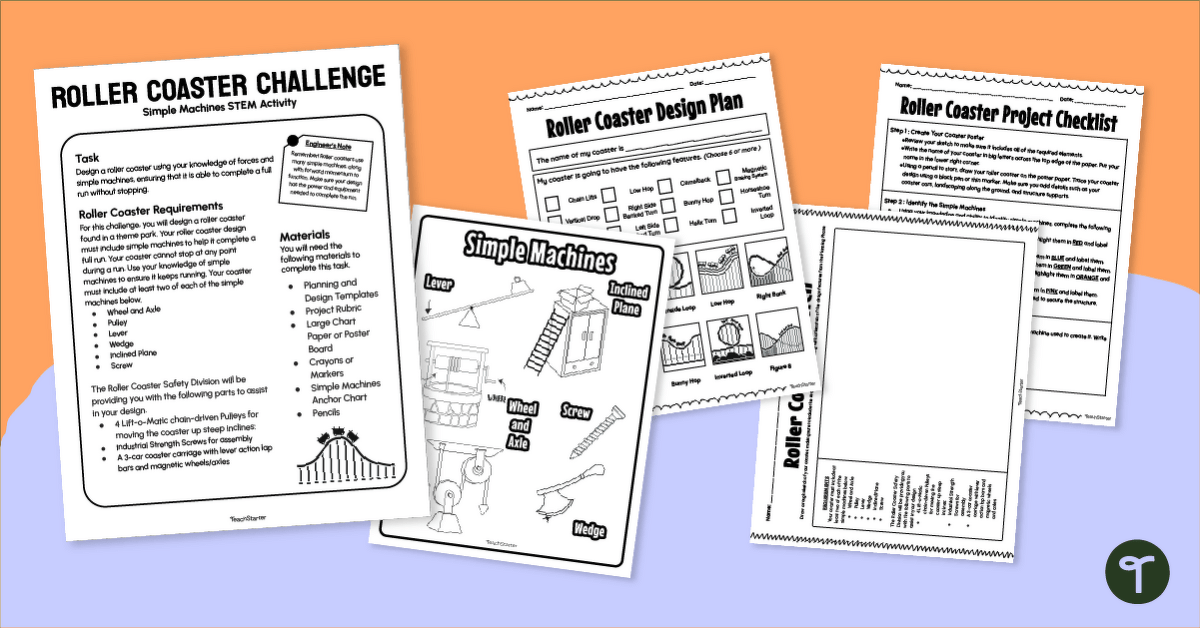

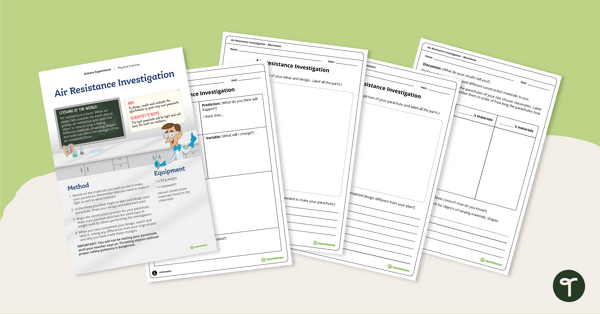
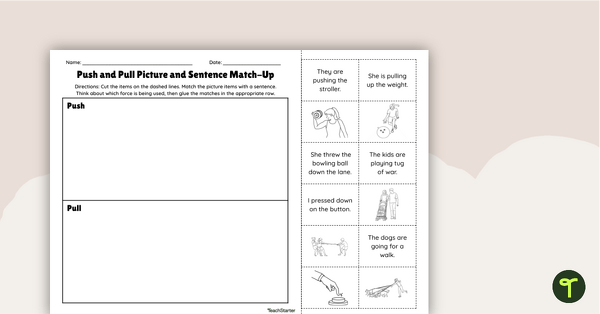
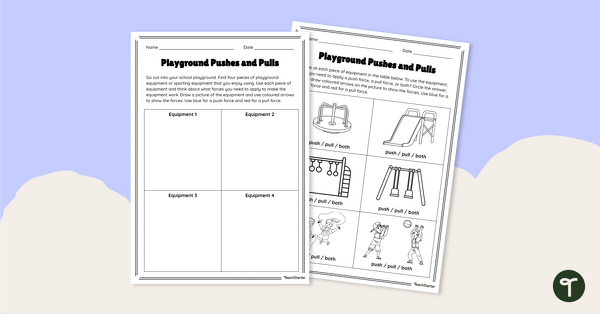
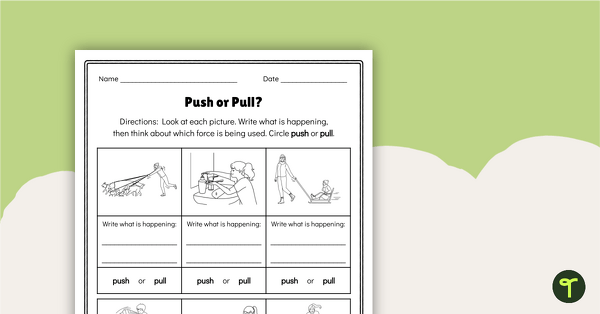
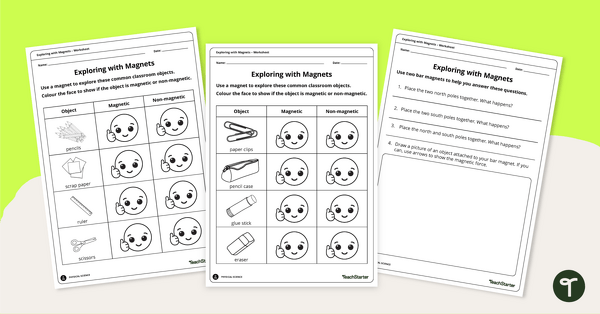
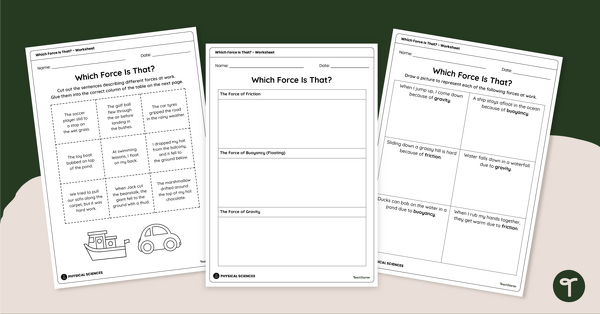
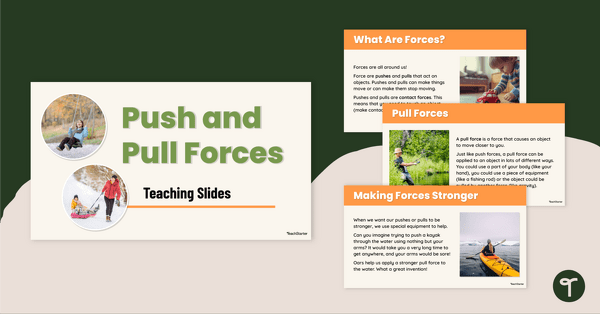
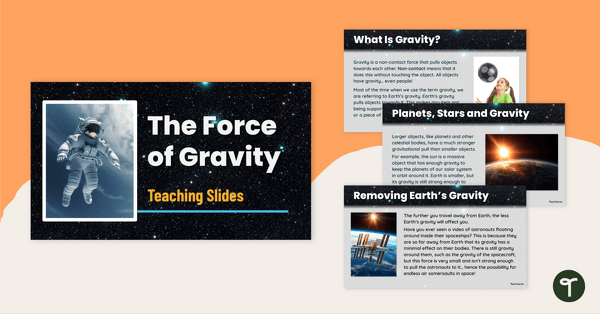
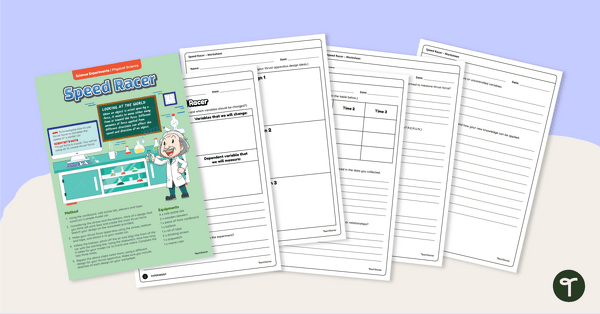
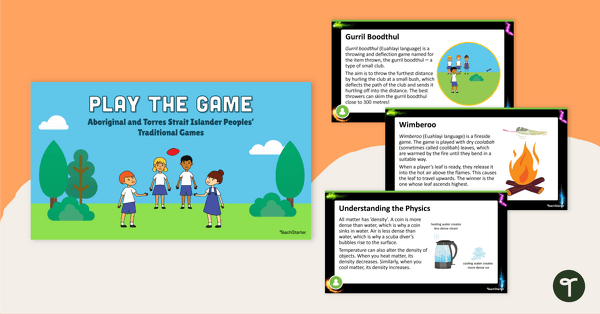
0 Comments
Write a review to help other teachers and parents like yourself. If you'd like to request a change to this resource, or report an error, select the corresponding tab above.